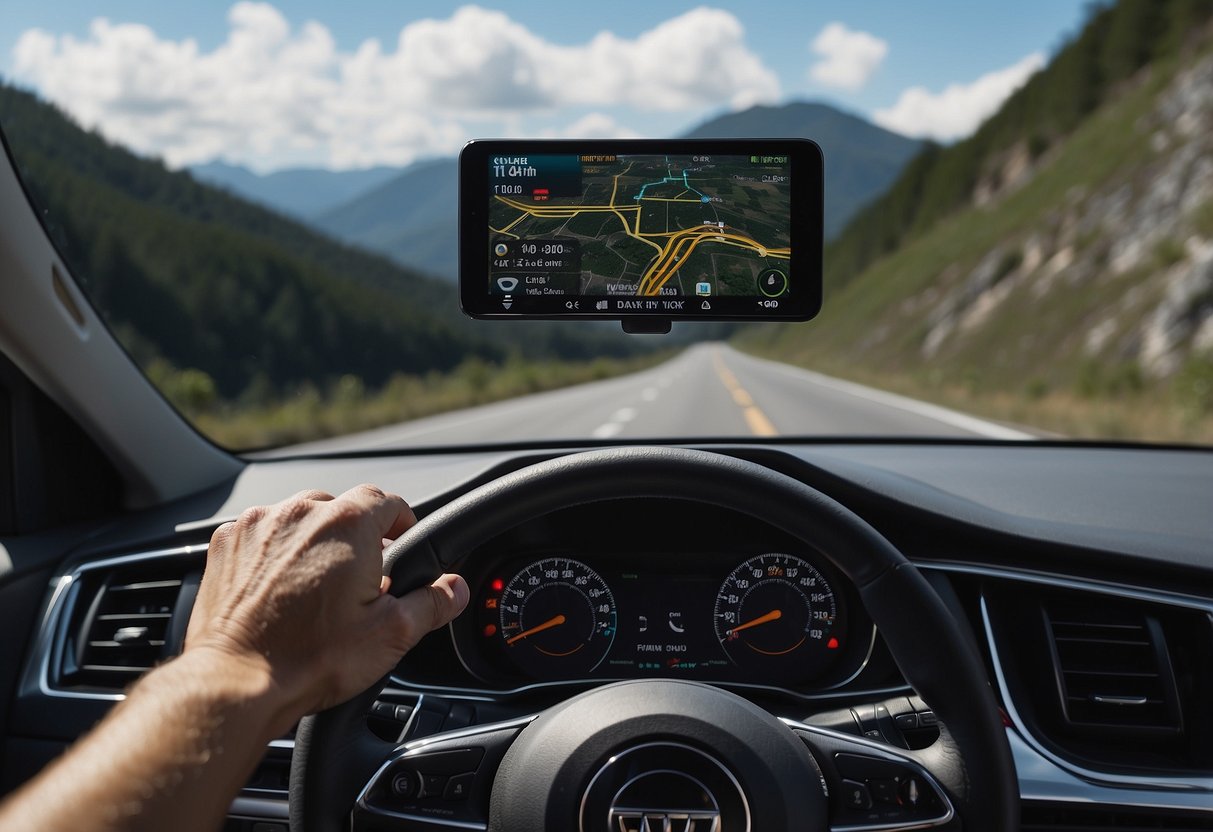
Enhancing Trust in Autonomous Systems
Trust is vital for the acceptance of autonomous vehicles. AR helps by making the vehicle’s decision-making processes visible to passengers. Visual displays can show the car’s route, object detection, and responses in real-time. Passengers can see what the vehicle “sees,” which builds confidence in its operational safety.
AR can also simulate possible scenarios and how the vehicle would respond, providing passengers with a deeper understanding of its capabilities. The transparency offered by AR fosters a comfort level, reducing anxiety and increasing acceptance of autonomous technology. This visibility makes the transition to full autonomy more approachable for everyday users.
Challenges and Limitations of AR in Driving
Augmented reality (AR) brings both excitement and concerns for the driving experience. While it offers the potential for enhanced navigation and situational awareness, it also introduces significant challenges.
Driver Distraction Concerns
AR systems can create potential distractions for drivers. Integrating AR displays into a vehicle’s windshield or dashboard might lead drivers to split their attention between AR elements and the road.
Adapting to new visual information can be demanding. Holographic images and data overlays could lead to visual overload or confusion, especially if the information is not seamlessly integrated.
Regulatory standards and guidelines are still catching up. As AR technology evolves, determining how much information is safe to display while driving remains a challenge.
These issues highlight the complexity of ensuring that AR systems enhance, rather than detract from, driving safety. Balancing innovation with practicality is crucial for the successful adoption of AR in vehicles.
Regulations and Standardizations
Understanding the regulatory landscape and standardizations of augmented reality (AR) in vehicles is key to ensuring safety, innovation, and widespread adoption.
Global Regulatory Landscape
Countries worldwide are taking steps to ensure AR technology in vehicles adheres to safety and reliability standards. In the United States, the National Highway Traffic Safety Administration (NHTSA) evaluates the impact of AR on driver distraction and interfaces. Similarly, the European Union enforces regulations through the European Commission, focusing on user interface standards and road safety.
Some regions are more advanced in their regulations, while others are developing frameworks. Japan and South Korea are actively integrating AR into their smart city projects. These diverse regulatory approaches highlight the global effort to balance innovation with safety.
Standards for AR in Vehicles
Various organizations are working on creating technical standards for AR systems in vehicles. The Society of Automotive Engineers (SAE) is developing guidelines to ensure consistency and interoperability among AR systems. Critical standards involve display quality, sensor integration, and user interface design to enhance usability and minimize distraction.
Collaboration between automakers and tech companies is essential. Combined efforts aim to establish universally accepted protocols. These standards not only ensure a safer driving environment but also promote trust among consumers and regulatory bodies alike.



